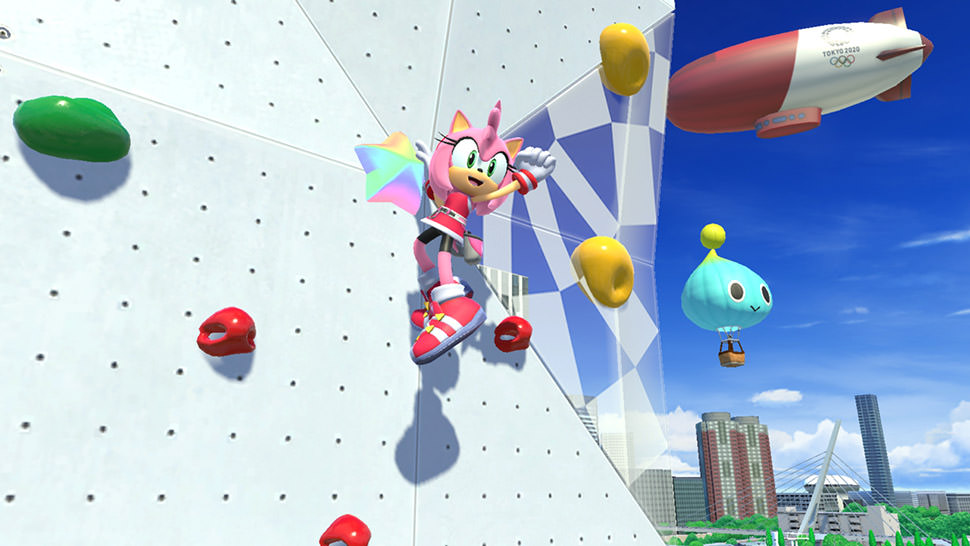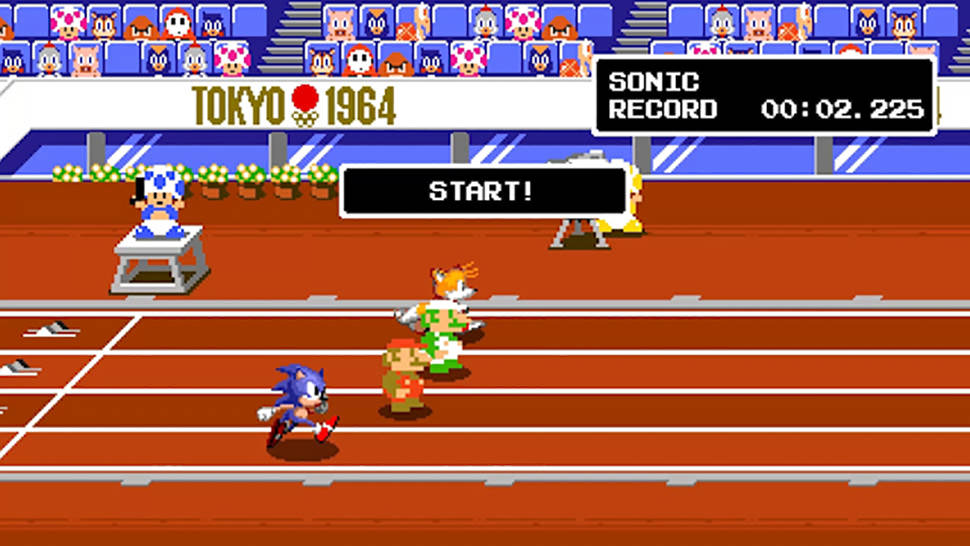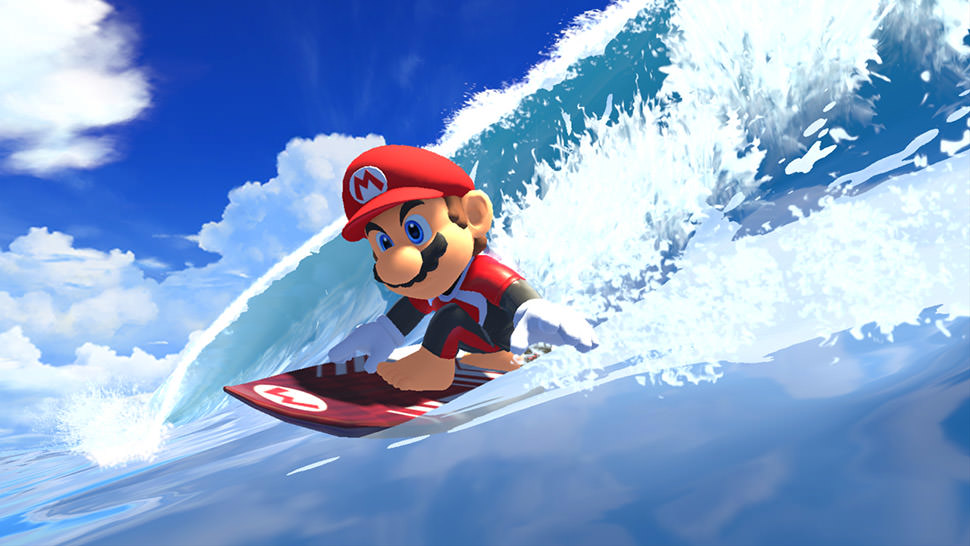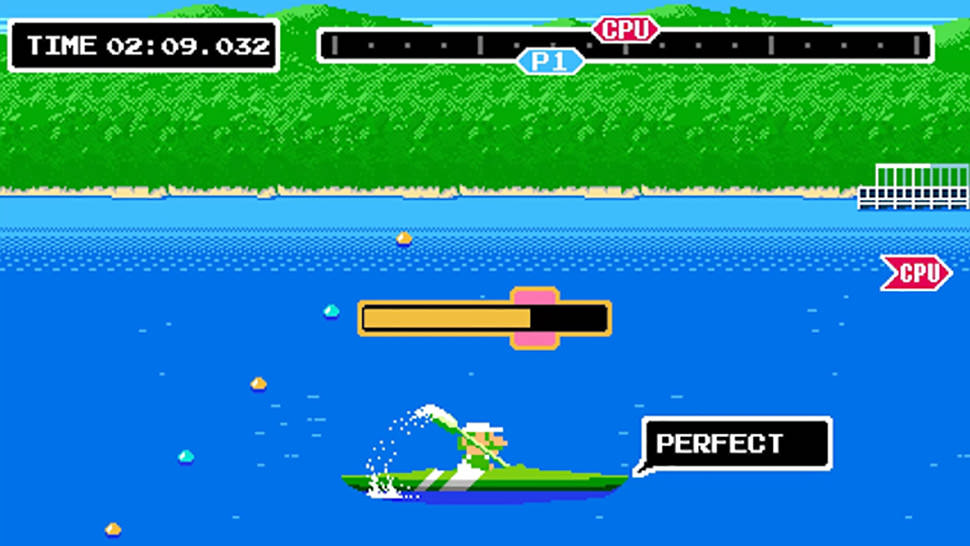Mario & Sonic at the Olympic Games Tokyo 2020 Review

 By Kevin Mitchell | Nov 5, 2019
By Kevin Mitchell | Nov 5, 2019
Next year's Summer Olympics marks a significant milestone for Japan - its first since the 1964 Summer Games, though the nation has hosted Winter Olympics in Sapporo (1972) and Nagano (1998). Since 2007, Mario and Sonic have competed across Wii, Wii U, and Nintendo 3DS platforms. While licensing issues prevented a PyeongChang Winter Games release, this upcoming Summer Olympics entry may be the series' most comprehensive yet.

For the first time, Mario & Sonic at the Olympic Games Tokyo 2020 features a substantial story mode. Through Dr. Eggman's device and Bowser's clumsiness, Sonic, Mario, Toad, and the villains become trapped in a retro game system. Luigi and Tails work to free them by collecting gold medals in 3D events while the trapped characters compete in 8-bit events set in 1964, complete with classic sprite representations.
All 20 Team Mario and Team Sonic characters are available from the start, with additional event-specific guest characters unlockable through story mode. These include Diddy Kong (rugby) and Rouge (sport climbing). Some lesser-known Sonic characters appear, like Zazz (Sonic Lost World) and Jet (Sonic Riders). Breaking from series tradition, characters don't have stats but instead fall into types - all-around, power, speed, technique - affecting their performance differently in 2020 events. The 1964 events feature more limited options.

The 8-bit events include unique offerings like judo, skeet shooting, and platform diving, with only volleyball as a team event. The retro roster shrinks to eight characters, featuring core representatives from each franchise. Notable absences include Rio 2016 characters like Birdo, Dry Bones, and peculiarly, Toad as a playable character.
Story mode introduces 10 exclusive mini-games split between eras. One standout 2020 mini-game resembles Where's Waldo?, tasking players with finding specifically-equipped Toads. The main events, while brief, shine in multiplayer. Some events present significant difficulty spikes during story mode, though a three-attempt limit before offering a skip option prevents frustration.

Three dream events offer franchise-themed twists on Olympic sports. Dream Karate combines simplified Smash Bros. with tile-flipping mechanics. Dream Shooting features gyro-aimed target practice, while Dream Race merges Sonic-style rail grinding with Mario Kart-inspired power-ups.
Control schemes vary between Joy-Cons and Pro Controller, with button-mashing and timing-based events working well across configurations. Gyro aiming proves less intuitive, particularly in handheld mode. Event controls range in quality, though customization options are absent.

Combat events focus on mind games and counters, while the 1964 marathon incorporates drafting mechanics and stamina management. Most events prove enjoyable, though some feel underdeveloped.
Simply Put
Mario & Sonic at the Olympic Games Tokyo 2020 succeeds through its engaging story mode and varied event selection. While guest character restrictions and missing multiplayer tournament options disappoint, local multiplayer provides consistent entertainment. The blend of modern and retro events, coupled with charming character interactions, creates an entertaining Olympic celebration.
Note: Mario & Sonic at the Olympic Games Tokyo 2020 was reviewed on Switch. A digital copy of the game was provided by the publisher/developer.




